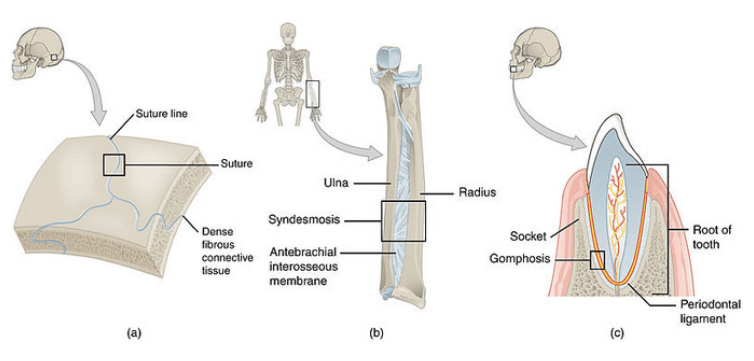Concept Map: Classification of Joints

The Concept Map: Classification of Joints within the human skeletal system presents a foundational aspect of anatomical study, emphasizing the complexity and functionality of these structures. By categorizing joints into synovial, fibrous, and cartilaginous types, we can appreciate their distinct characteristics and roles in facilitating movement, stability, and flexibility. Understanding these classifications not only enhances our comprehension of human biomechanics but also raises critical questions about their implications for injury prevention and rehabilitation strategies. What further insights might emerge from exploring the interconnections between joint structure and function?
Overview of Concept Map: Classification of Joints
Concept Map: Classification of Joints, the intricate connections between bones, play a crucial role in facilitating movement and providing structural support within the human body.
Understanding joint structure and joint function is essential for appreciating how these connections operate.
The classification of joints aids in recognizing their diverse capabilities, ranging from highly mobile to more stable configurations, ultimately allowing for a greater understanding of human biomechanics and freedom of movement.
Read More Five Amazing Businesses You Can Open in Sydney in 2025
Types of Concept Map: Classification of Joints
The human skeletal system comprises several distinct types of joints, each uniquely designed to fulfill specific functional roles.
Among these are synovial joints, characterized by their fluid-filled cavities allowing for a wide range of motion, and fibrous joints, which connect bones with dense connective tissue, providing stability and limited movement.
Understanding these types enhances our appreciation of human mobility and structural integrity.

Characteristics of Joint Types
Understanding the various types of Concept Map: Classification of Joints provides a foundation for exploring their distinct characteristics.
Synovial joints, characterized by their fluid-filled cavities, allow for a wide range of motion and flexibility.
In contrast, fibrous joints offer stability through dense connective tissue, restricting movement.
Recognizing these differences is essential for appreciating how joints function and contribute to human mobility and structural integrity.
Importance of Joint Classification
Frequently overlooked, the classification of joints plays a crucial role in both anatomy and physiology, impacting clinical practices and rehabilitation strategies.
Understanding joint functionality aids healthcare professionals in designing effective treatment plans, enhancing mobility, and optimizing recovery.
Moreover, proper classification is integral to injury prevention, as it informs strategies to mitigate risks associated with specific joint types, ultimately promoting healthier lifestyles.
Read More Cute:1muo0cmr4ck= Fox Clipart
Conclusion
In conclusion, the Concept Map: Classification of Joints into synovial, fibrous, and cartilaginous categories provides essential insights into their structural and functional roles within the human skeletal system. Notably, approximately 90% of the body’s joints are categorized as synovial, highlighting their significance in facilitating movement and overall mobility. Understanding these classifications not only enhances knowledge of joint functionality but also informs effective approaches to injury prevention and rehabilitation, ultimately contributing to improved musculoskeletal health.




